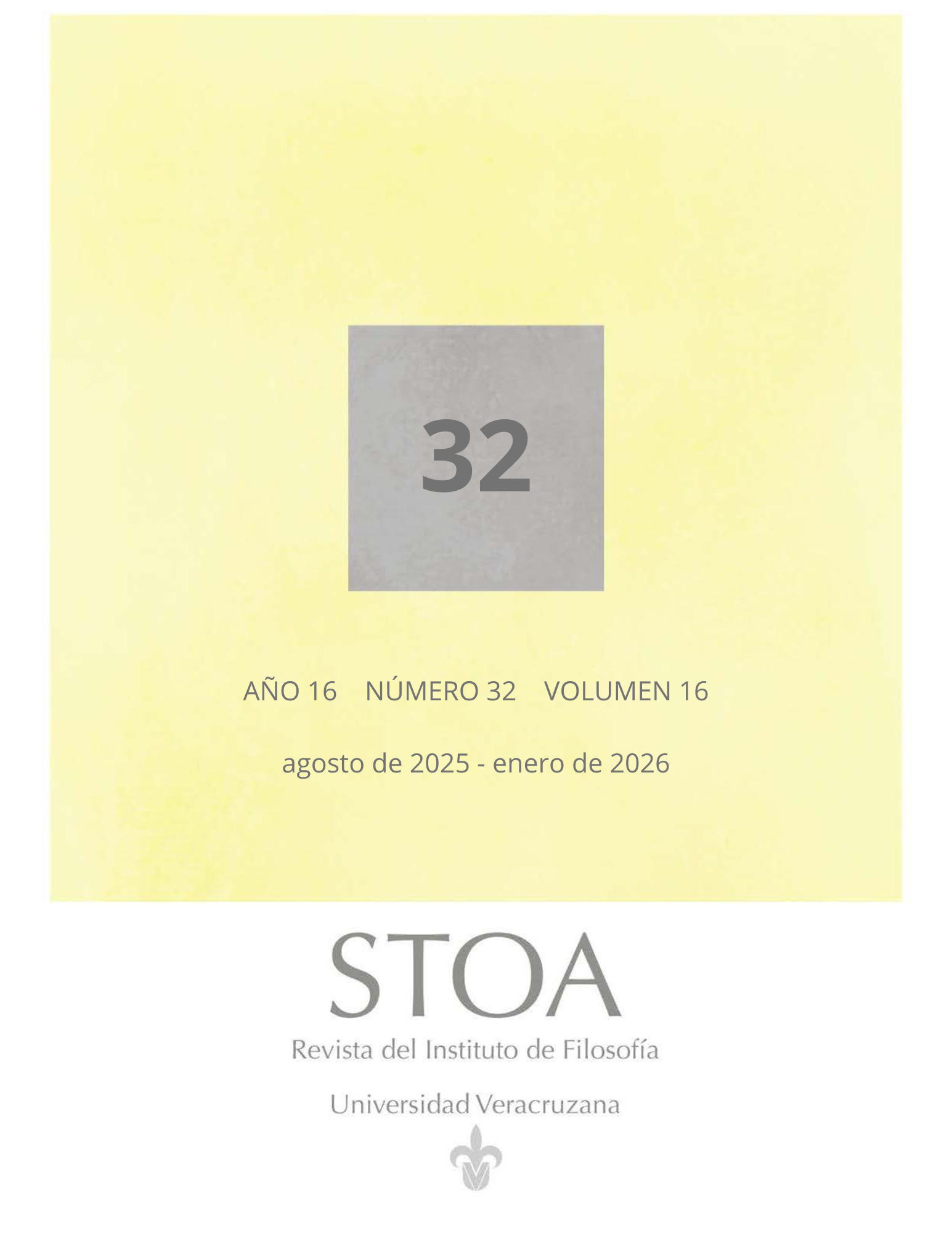Abstract
In this paper, we want to picture an aspect of the discussion between speculative and experimental philosophy in Seventeenth- Century, through Margaret Cavendish’s position. Though her works has been studied from the Literature approach and as one of the first feminist figures in History, her side as a natural philosopher has been recently studied and it’s been underlined the merit of her speculative philosophy, that seeks to understand the physical world through rational principles.
In that sense, we stand that Cavendish and her contemporaries, was plenty aware of the tension between speculative and experimental knowledge. However, the Cavendish’s natural philosophy originality allow her to stablish an onto-epistemological material and organicist ground, that open other methodological possibilities for the research of natural world.
STOA is a biannual publication edited by the Institute of Philosophy of the Universidad Veracruzana, Tuxpan, No. 29, Frac. Veracruz, C.P. 91020, Xalapa, Ver., Tel. 8154285, http://www.uv.mx/filosofia. Responsible editor: Jesús Turiso Sebastián. Exclusive Use Rights Reservation No. 04-2008-121012511200-203, granted by the Copyright Reservation Directorate of the National Institute of Copyright of the Secretariat of Public Education, ISSN: 2007-1868. Responsible for the last modification of this issue: Jesús Turiso Sebastián, Tuxpan, No. 29, Frac. Veracruz, C.P. 91020, date of last modification August 5, 2011. Distribution and digital support by the Academic Software Development Department of the Universidad Veracruzana.
The opinions expressed by the authors do not necessarily reflect the position of the editor of the publication. Reproduction by any means of the texts published in this journal may be done as long as the source is cited, including the name of the author, the name and number of the journal, and its electronic address. For more information write to revistastoa@uv.mx.
Revista Stoa is a completely free publication, with no cost for processing or receiving articles and free access.
This work is under a Creative Commons Attribution-NonCommercial-ShareAlike 4.0 International license.

